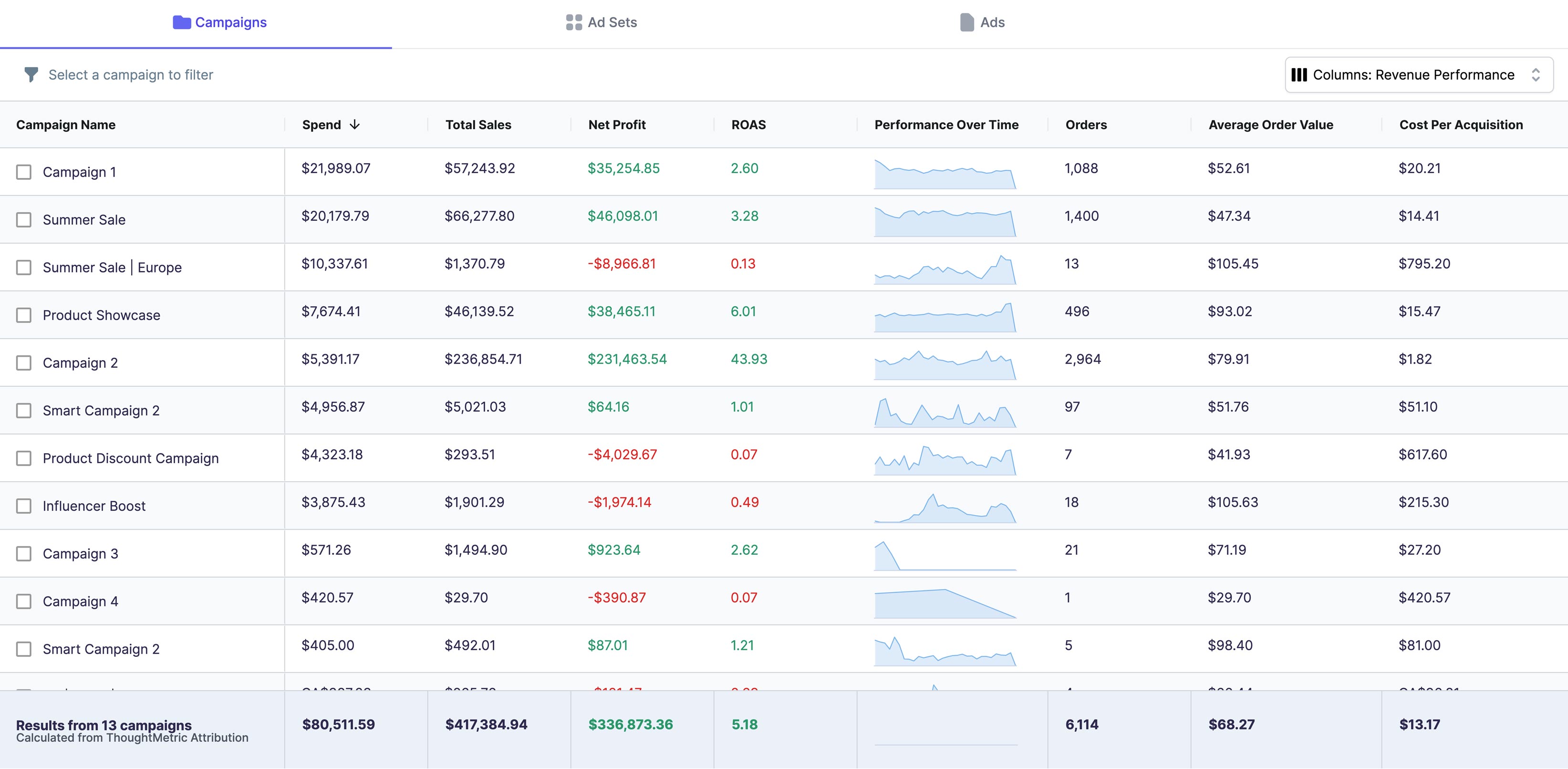Google Ads is a powerful marketing tool that can help businesses reach new customers and drive sales. However, to make the most of your Google Ads campaigns, it's essential to understand how to calculate profit margin. Profit margin is a crucial metric that can help you evaluate the effectiveness of your advertising efforts and make informed decisions about optimizing your campaigns for profitability.
Understanding Profit Margin in Google Ads
Profit margin is a crucial metric that every business owner should know, especially those who are using Google Ads campaigns to promote their products or services. It is a percentage that represents the difference between the revenue generated by your Google Ads campaigns and the amount you've spent on them. In other words, it's the profit you've made as a percentage of your total advertising costs.
However, profit margin is not just a simple calculation. It requires a deeper understanding of your business, your target audience, and your advertising goals. To calculate your profit margin accurately, you need to take into account various factors such as your product or service pricing, your advertising budget, your conversion rate, and your customer acquisition cost.
What is Profit Margin?
Profit margin is a financial ratio that shows how much profit a business makes for every dollar of revenue generated. In Google Ads, profit margin is calculated by subtracting the cost of your advertising campaigns from the revenue they generate and then dividing the result by the total advertising spend.
For example, if you spend $100 on Google Ads and generate $500 in revenue, your profit margin would be 400% (($500 - $100) / $100 x 100%).
Importance of Calculating Profit Margin in Google Ads
Calculating profit margin is essential because it helps you determine whether your Google Ads campaigns are generating a positive ROI. If your campaigns are not profitable, you may need to adjust your advertising strategy or optimize your bids and budgets to improve your ROI. By calculating profit margin, you can also identify which campaigns are performing well and which ones require further optimization.
Moreover, profit margin can help you make informed decisions about your business. For instance, if you have a high profit margin, you can reinvest your profits in your business, expand your product line, or increase your advertising budget. On the other hand, if your profit margin is low, you may need to find ways to reduce your advertising costs or increase your prices to improve your profitability.
Therefore, understanding and monitoring your profit margin is critical to the success of your Google Ads campaigns and your business as a whole.
Setting Up Your Google Ads Account for Profit Margin Calculation
Are you looking to optimize your Google Ads campaigns and improve your profit margin? Setting up your Google Ads account for profit margin calculation is a critical step in achieving this goal. By linking your Google Ads account with Google Analytics, setting up conversion tracking, and assigning conversion values, you can accurately track revenue generated by your campaigns and calculate your profit margin.
Linking Google Ads with Google Analytics
Linking your Google Ads account with Google Analytics is a straightforward process that can be completed in just a few steps. Once linked, you'll have access to a wealth of data that can be used to optimize your campaigns and increase your ROI.
With Google Analytics, you can track important metrics such as bounce rates, time on site, and pages per session. These metrics can provide valuable insights into user behavior and can help you identify areas for improvement in your campaigns.
Setting Up Conversion Tracking
Conversion tracking is a crucial step in setting up your Google Ads account for profit margin calculation. By tracking the number of conversions generated by your campaigns, you can accurately calculate the revenue generated by each campaign.
Setting up conversion tracking is a simple process that can be completed within your Google Ads account. You'll need to create a conversion action for each type of conversion you want to track, such as sales or leads. Once set up, Google Ads will track the number of conversions generated by each campaign and provide you with detailed reports.
Assigning Conversion Values
Assigning accurate conversion values is essential for calculating your profit margin. Conversion values represent the revenue generated by each conversion and can be set up manually or imported from your e-commerce platform.
By assigning accurate conversion values, you can calculate your revenue more precisely, leading to more accurate profit margin calculations. This data can help you make informed decisions about your campaigns and optimize them for maximum ROI.
Overall, setting up your Google Ads account for profit margin calculation is a crucial step in optimizing your campaigns and increasing your ROI. By linking your Google Ads account with Google Analytics, setting up conversion tracking, and assigning conversion values, you can accurately track revenue generated by your campaigns and make informed decisions about your advertising strategy.
Calculating Profit Margin for Individual Campaigns
Identifying Campaign Costs
The first step in calculating profit margin is identifying the total cost of each campaign. Advertising costs may include bidding fees, display costs, and any other miscellaneous expenses related to your campaign. Make sure to include all costs associated with each campaign for accurate profit margin calculations.
Determining Revenue Generated by Campaigns
The next step in calculating profit margin is determining the revenue generated by each campaign. This data can be obtained from your conversion tracking data, which will show the number of conversions generated by each campaign and the associated revenue generated by those conversions.
Calculating Profit Margin for Each Campaign
Once you have determined the total cost and revenue generated by each campaign, calculating profit margin is straightforward. Simply subtract the total cost from the total revenue and divide the result by the total cost. The resulting percentage is your profit margin.
Identifying High and Low Performing Campaigns
After calculating profit margin for each campaign, you can identify which campaigns are performing well and which ones require further optimization. High performing campaigns are those with a higher profit margin than your overall average. Low performing campaigns are those with a lower profit margin than your overall average.
Adjusting Bids and Budgets Based on Profit Margin
Once you've identified high and low performing campaigns, you can adjust your bids and budgets accordingly. For high performing campaigns, consider increasing your bids to generate more conversions and revenue. For low performing campaigns, consider decreasing your bids or reallocating your budget to higher performing campaigns to improve your overall profit margin.
Testing Ad Copy and Landing Pages for Better Profit Margins
Another way to improve your profit margin is to test your ad copy and landing pages. By A/B testing different ad copy and landing pages, you can identify which variants generate more conversions and revenue, leading to higher profit margins. This process can be time-consuming, but it can be highly effective in optimizing your Google Ads campaigns for profitability.





